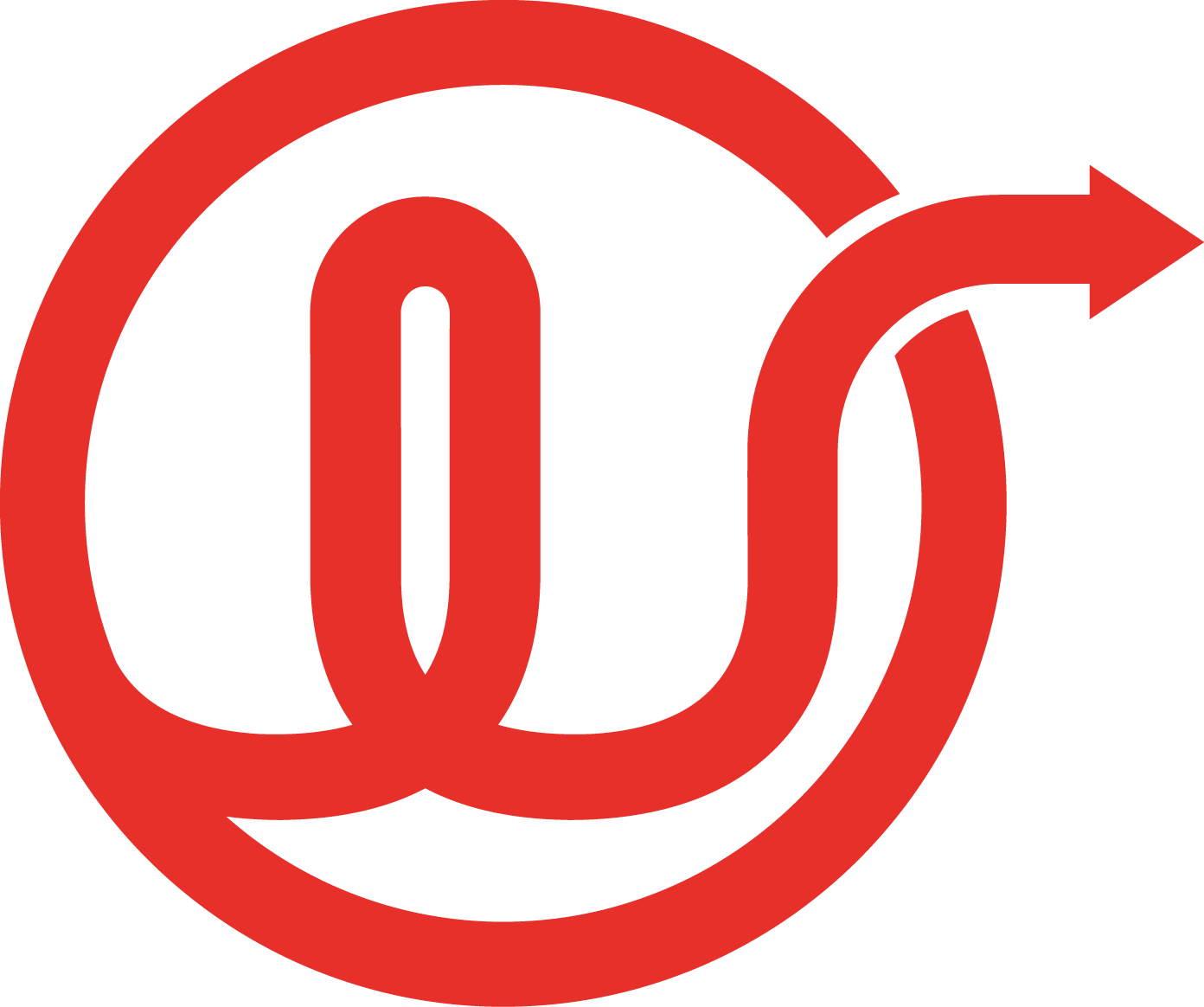Discover How To Predict The Future Without A Crystal Ball
Being able to forecast aspects of a business is a crucial technique for anyone looking to use data and technology to their advantage.
Whether you want to predict the demand for a product, estimate hourly exchange rates, or even analyse COVID statistics, predictive modelling using your historical data is the key to success.
Continuum has recently partnered with Tangent Works to promote the use of their time series forecasting platform, called TIM.
TIM allows for a fast and user-friendly experience allowing you to produce accurate and timely predictions.
Much like the techniques outlined in our previous blog post (How We Used Alteryx to look at Covid-19 Data Driven Decisions — Continuum), TIM is best used as a tool in your Alteryx workflows.
Alteryx complements TIM by allowing you to repeatably query your data sources, blend them together, transform, and cleanse them into a shape ready for forecasting - which is then achieved by simply dragging the TIM forecasting tool into your workflow!
Tangent Works’ out-of-the-box tools will not only produce predictions for a set time period but will also return key information such as highlighting the most influential factors and any anomalies in your data set, enabling you to gain previously hidden insights.
See the TIM Forecasting tool in action with Alteryx!
If you’re already familiar with Alteryx, you may be wondering “But Alteryx already has time series forecasting tools, why do I need TIM?”.
The short answer is TIM forecasting is better than the native Alteryx time series palette.
The first and most recognisable advantage is the speed at which TIM will build and execute a predictive model compared to the native Alteryx tools. In an example where 3 years of hourly data (Approximately 23,000 rows) were available to build the model on, TIM returned a result in 42 seconds whilst the ARIMA tool took 13 minutes and 3 seconds which is 18 times faster! Whilst you may think that these minutes are worth the wait for your crystal ball into the future, how would it then play out if you needed to build a model for each SKU, at each store? Meaning that not just one model is needed but possibly 100s, meaning that instead of saving you a few minutes, it may save a few days of model building time!
TIM’s user-friendly “group by” feature enables the easy creation of batches of models. Compared with the built-in Alteryx tools, which would need you to rerun the workflow for each SKU and store, for example. This allows for all the data to be pushed into a single TIM forecasting tool with a simple drop-down option to select the category that distinguishes between the datasets.
As important as time-saving could be, accuracy and reliability are the reasons behind creating time series models.
When modelling for an energy company that needed to know their energy demand over the next 3 days (72 hourly intervals). By comparing the TIM and Alteryx time series tool predictions to the actual values supplied by the business we found that TIM improved the percentage error from 9% to 6% compared to Alteryx.
A comparison of error indicators (RMSE and MAPE) and the time taken by TIM and the native Alteryx tools.
Another partner of ours, Data Robot, offers time series forecasting models but this is more appropriate for more experienced data scientists and not in-scope for this article.
TIM’s faster and more accurate results over the Alteryx tools allow for timely and better predictions to be made that will impact important business decisions. Explore how time series forecasting could improve and innovate how you can unlock the full potential of your data or contact us for a personalised demo.



